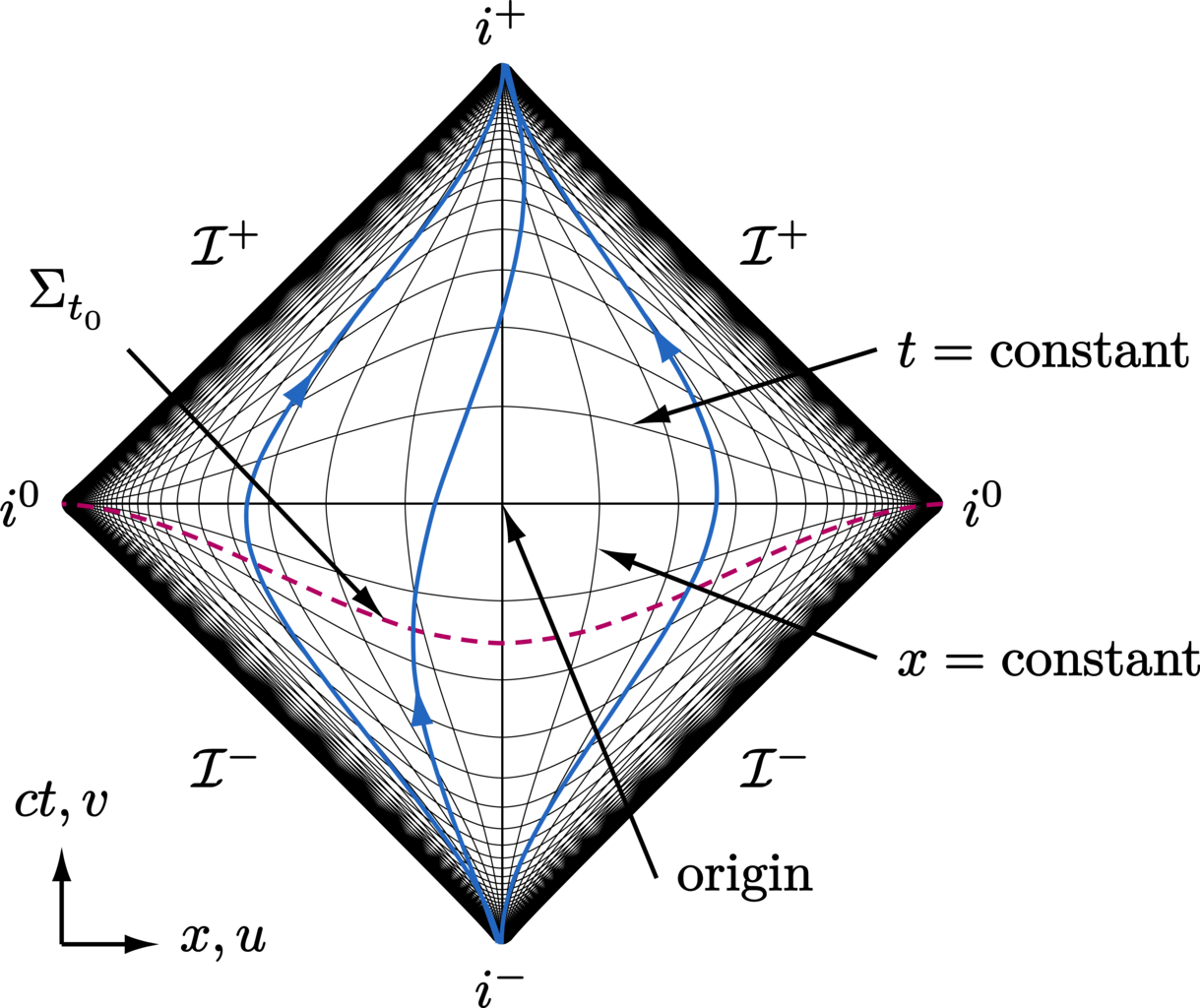A Python package for studying quantum models of closed timelike curves
and simulating general quantum information processing & computation
Latest Version: 1.0.1 | Date: July 2025
A brief overview of the features and functionality of Qhronology.
A collection of pedagogical articles discussing the mathematics behind quantum mechanics, including both its mathematical foundations and its applications to theories of antichronological time travel.
Detailed documentation of the Qhronology package including its various submodules and their respective functions, classes, and methods.
A gallery of examples detailing the usage of Qhronology and its capabilities. Includes implementations of standard quantum algorithms and protocols, in addition to a selection of time-travel paradoxes.
Features#
Quantum computing simulations
Designed to provide a powerful set of features with a simple and intuitive syntax, Qhronology facilitates the simulation of quantum computation, information processing, and algebraic calculations.
Quantum resolutions to antichronological time-travel paradoxes
The fundamental indeterminism of quantum mechanics can be leveraged to provide resolutions to quantum formulations of classic time-travel paradoxes (such as the infamous grandfather paradox). A select few prescriptions by which this may be achieved, including Deutsch’s model (D-CTCs) and the postselected teleportation prescription (P-CTCs), are implemented both as bare functions and wrapped class methods.
Quantum circuit visualization
Quantum circuit diagrams provide a powerful picturalism through which any quantum process can be visualized as a network of quantum logic gates connected by wires. Qhronology provides this functionality for any quantum process constructed using its built-in classes.
Numerous examples
Bundled with the project is a small collection of complete examples that showcase its capabilities and syntax. These are divided into two categories: quantum algorithms and protocols and quantum closed timelike curves. The former contains implementations of canonical algorithms in quantum computing, while the latter consists of more exotic circuits that use quantum mechanics to resolve paradoxical scenarios of antichronological time travel.
Extensive documentation
All of the functions, classes, and methods in each of the various submodules have been rigorously detailed in their respective sections within the documentation. This includes multiple examples of usage for each, aiding the user’s understanding of every available feature.
Foundational theory
All of the underlying mathematics upon which Qhronology is built is presented as a series of pedagogical reference articles within the documentation. This includes sections on the mathematical foundations of quantum mechanics (Hilbert spaces, linear operators, composite systems, etc.), quantum theory on both discrete and continuous Hilbert spaces, a brief overview of the quantum circuitry picturalism, and physical theories of time travel (both classical and quantum).
The aim of this theory is to serve as a comprehensive and complete reference for basic quantum mechanics and the physical theories of time travel, thereby enabling the keen user to embark upon further research into these fascinating areas of study.
Can’t find what you’re looking for? Try using the Search Page.











